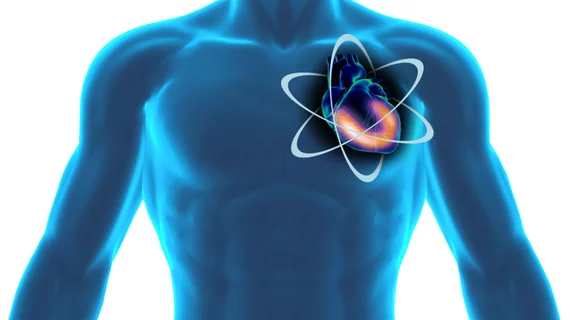Researchers create new method for developing PET radiotracers
University of North Carolina-Chapel Hill researchers have developed a new method for creating radiotracers used in PET imaging. The technique may improve imaging of diseases such as cancer, according to the study published in Science.
“Positron emission tomography is a powerful and rapidly developing technology that plays key roles in medical imaging as well as in drug discovery and development,” said co-author Zibo Li, PhD, with the UNC School of Medicine’s Department of Radiology, in a statement. “This discovery opens a new window for generating novel PET agents from existing drugs.”
According to Li and colleagues, their discovery may also allow scientists to attach radioactive tags to compounds that had previously been difficult and in some cases impossible to label.
The team’s new method involves attaching the radioactive molecule Fluorine-18—commonly used in PET imaging—into drug molecules by breaking a chemical structure of carbon and hydrogen atoms. After the radiotracer is attached, it emits gamma rays that can be picked up during imaging.
This may also improve screening for a patient’s response to a drug or help in drug development research, said co-author David Nicewicz, PhD, with UNC’s Department of Chemistry.
“Not only can we study where drugs are localized in the body, which is something that’s important for drug development work, but we could also develop imaging agents to track cancer progression or inflammation in the body, aiding in cancer research and Alzheimer’s research,” Nicewicz added, in the statement. “Having more than one method for tumor detection may give you cross-verification to make sure what you’re seeing is real. If you have two methods to validate a scan – two is better than one."
Going forward, the scientists plan to create a device to make their novel method more user-friendly when creating radiolabeled tracers. They’re also expanding their technique to include other radioactive material such as Carbon-11.

